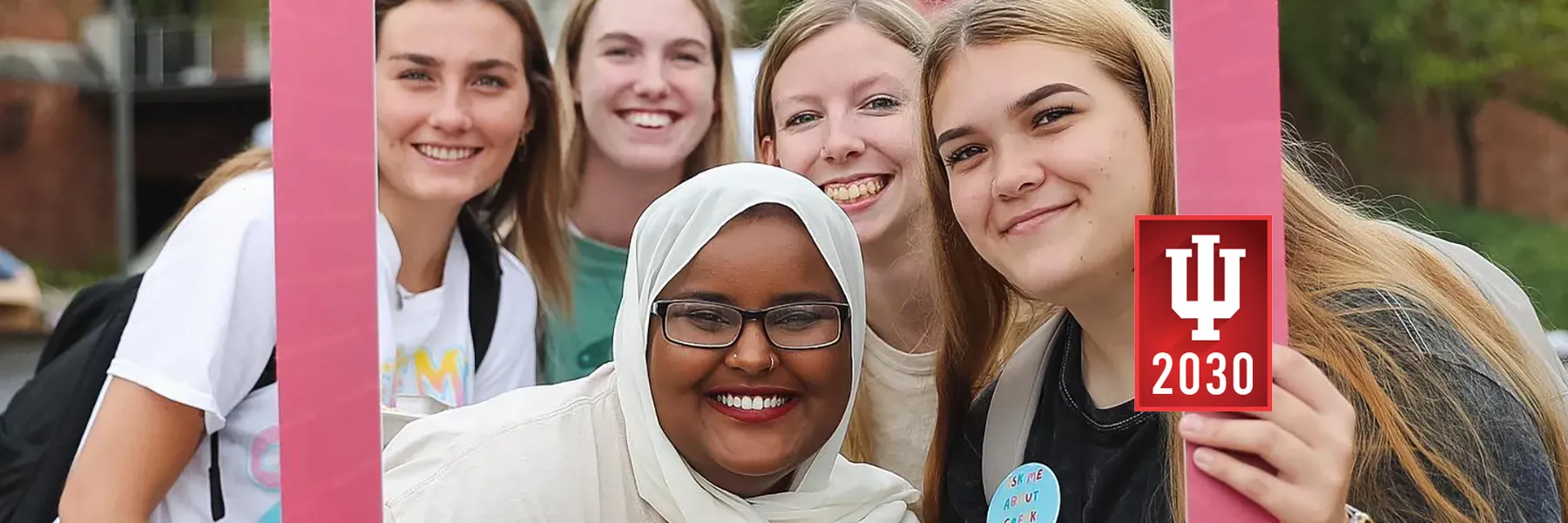Student Success & Opportunity
IU Southeast will ensure the long-term success of all students— undergraduates, graduates, professional students, and online and lifelong learners—by providing the highest quality education through a rich and engaging environment.



